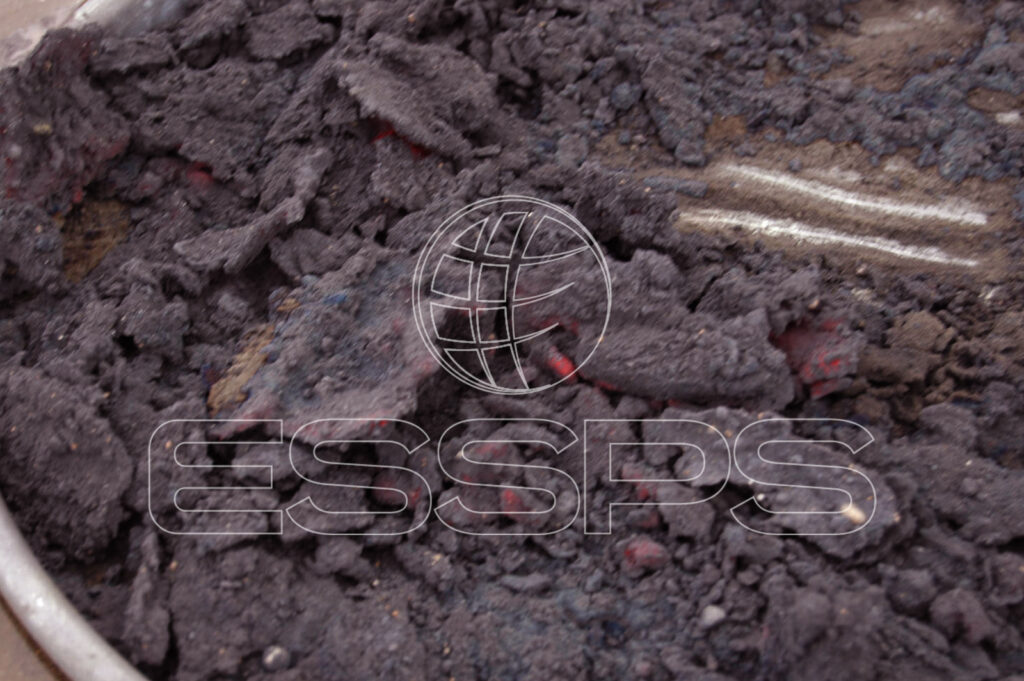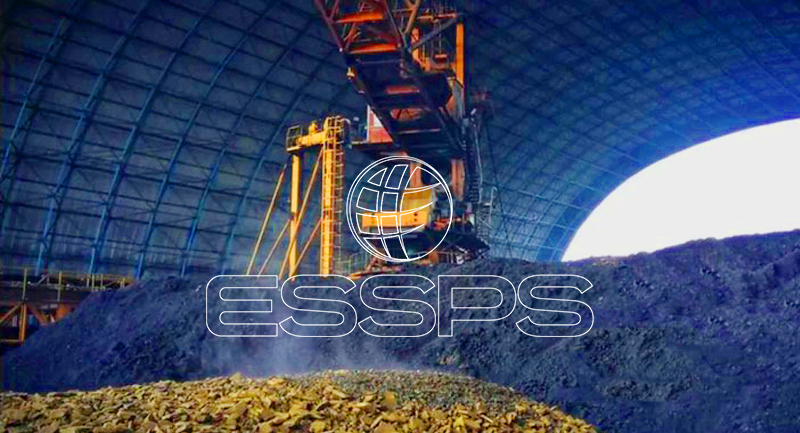Steel Sludge



Steel sludge is a solid waste generated during the iron and steelmaking processes. It consists of various waste materials and residues that are produced at different stages of steel production. Steel sludge can include a combination of mill scale, dust, sludge from various operations, and other metallurgical waste materials.
The composition of steel sludge can vary depending on the specific processes used at the steel plant, but it often contains iron oxides, metallic iron, along with other metals, slag, and residual chemicals. Steel sludge may also contain traces of alloying elements and impurities.
Economic value:
Recycling and reprocessing of steel sludge is carried out to recover valuable materials such as iron and other metals to reuse in steelmaking industry or other industrial applications and also to minimize environmental impact.
Industrial Applications:
Steel sludge can be used in:
· Steel Production: Steel sludge can be recycled and reused as a raw material within the steel production process after recovering iron and other valuable metals, reducing the need for raw materials.
· Construction Materials: It can be used in the production of construction materials such as concrete and bricks.
· Cement Production: Steel sludge can be used as a raw material in cement production, contributing to the sustainability of the cement industry.
· Waste Management: Steel sludge can be treated and processed to minimize environmental impact and comply with waste management regulations.
How Steel Sludge is produced?
Steel sludge is produced and collected as a byproduct of various processes in steel production. Here’s an overview of how steel sludge is produced and collected:
-
Steel sludge is generated at different stages of steel production, during the following processes:
Iron-making: The production of pig iron from iron ore in a blast furnace can produce byproducts such as mill scale and sludge.
Steelmaking: Processes such as basic oxygen furnace (BOF) and electric
arc furnace (EAF) steelmaking can generate dust, scale, and other residues.
Rolling and Finishing: Operations such as rolling, pickling, and coating can produce additional waste materials.
-
It is then collected from various points in the steel production process, some sludge settle out of process water in settling ponds and is collected for further processing or disposal. Dust and fine particles are collected using filters and dust collectors installed in the steel plant. Sludge and residues are also collected from process equipment such as scale pits, sludge tanks, and other collection points.
-
Once collected, steel sludge is handled and stored in designated areas within the steel plant.
-
Depending on the composition of the sludge, it may be recycled, reused, or treated to recover valuable materials. Proper disposal methods are employed to minimize environmental impact according to environmental regulations.
Characteristics of steel sludge:
Physical characteristics:
· Color and Appearance: Steel sludge typically has a dark gray or black color and a fine, powdery texture.
· Particle Size: The particles in steel sludge can vary in size, but they are generally in the range of 1 to 100 micrometers.
· Density: The density of steel sludge can vary depending on its composition, but it typically ranges from 1.5 to 2.5 grams per cubic centimeter.
· Solubility: Steel sludge is generally insoluble in water and most organic solvents.
· Moisture Content: Steel sludge can have varying moisture content, depending on the specific composition and handling processes.
Chemical characteristics:
Some components of steel sludge may exhibit chemical reactivity, especially when exposed to certain environmental conditions or during treatment processes.
Depending on its composition and treatment status, steel sludge may contain substances that are considered hazardous to human health and the environment.
Chemical Composition:
· Iron Oxides: Iron oxides are the primary components of steel sludge, with magnetite (Fe3O4) and hematite (Fe2O3) being the most common.
·Other Metals: Steel sludge may also contain other metals, such as zinc, lead, copper, and chromium, depending on the steelmaking process.
· Slag: Slag, a byproduct of the steelmaking process, can be present in steel sludge and consists of various oxides, such as calcium oxide, silicon dioxide, and aluminum oxide.
· Residual Chemicals: Steel sludge may also contain residual chemicals, such as oils, greases, and solvents, from the steelmaking process.
Our product:
We are ready to supply steel sludge worldwide, in any quantity as per customers’ requirements.
